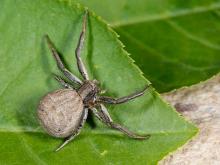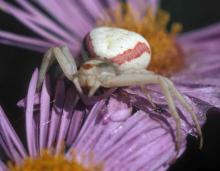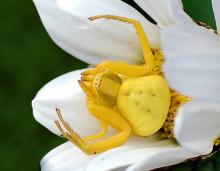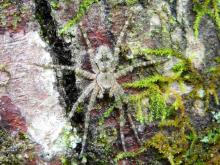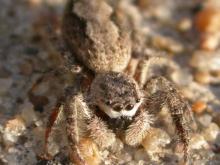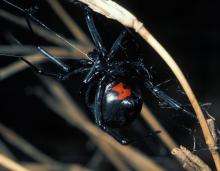Media
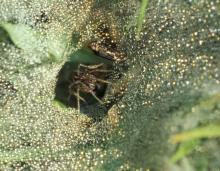
Species Types
Scientific Name
Agelenopsis spp.
Description
The funnel-shaped web of grass spiders is more often noticed than the spider itself. It is sheetlike, usually positioned horizontally, with a funnel leading downward to a shelter (a rock crevice or dense vegetation) where the spider hides, waiting for prey.























